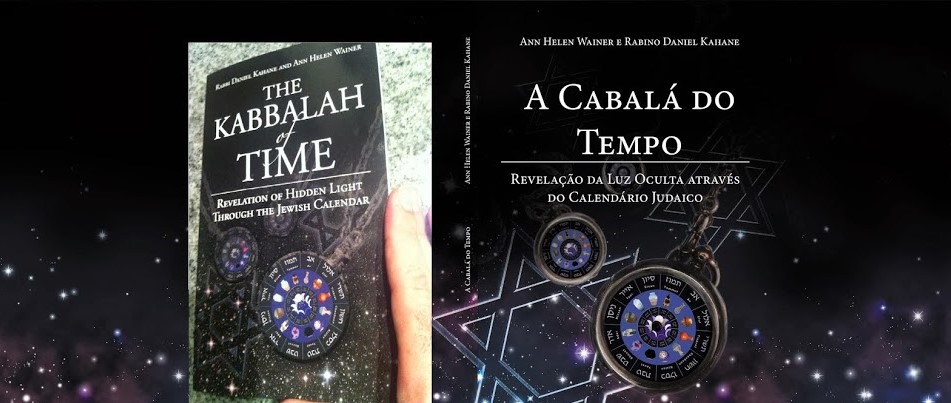3. The
children of Israel said to them, If only we had died by the hand of the Lord in
the land of Egypt, when we sat by pots of meat, when we ate bread to our fill!
For you have brought us out into this desert, to starve this entire
congregation to death. 4. So the Lord said to Moses, Behold! I am going to rain
down for you bread from heaven, and the people shall go out and gather what is
needed for the day, so that I can test them, whether or not they will follow My
teaching.
From heaven they
fought; the stars from their courses fought against Sisera.
Talmud
Sotah: Daf 28: Divine
intervention in Sotah matters
Nachshon
They
journeyed from Moseroth and camped in Benei jaakan.
Week 28 also contains the first day
of Passover. In the Torah portion section for this week shows the tremendous
desperation of the Jewish people, which appear so quick to forget all the
miracles they encountered, and the introduction of the Mannah, bread from heaven. It describes the Mannah as a test of whether the Jews would follow G-d’s teaching.
On the Seder night, one of primary mitzvot is to eat matzah. Matzah is the bread of faith and of healing, which very much
parallels the Mannah.
The Haftorah’s
verses for this week speak of how they fought “from heaven,” just like the Mannah would come “from heaven.” Likewise,
the entire salvation of the Jewish people in Egypt came “from heaven.” On
Passover, the initative came from above to below – Ita’aruta d’Leilah (arousal from Above) followed by Ita’aruta
d’Letatah (arousal from below). The redemption from Egypt, including the plagues and the splitting of the sea, did not occur due to an initial effort on our part.
Daf Kaf Cheit (Folio
28) of Sotah discusses further how the water of the Sotah also checks and punishes the male adulterer and how he
remains forbidden to the Sotah, just
like her husband. She also becomes forbidden from eating Terumah. The punishment of the adulterer through the Sotah waters is also an example of an
open revelation of heavenly intervention. The adulterer was nowhere near the
scene of the drinking of the water, yet was affected by it just like the Sotah herself. The eating of the terumah also parallels the mannah, the matzah, and particularly the Passover offering. Terumah was a holy food, given to the kohanim in obedience of a Divine decree.
It could only be eaten in a state of purity, like the Passover offering.
Nachshon was
the first Nassi of the tribe of
Judah. He was the one to bring the first offering for the inauguration of the Mishkan, which we read on each of the
first days days of Nissan, as
mentioned previously. Nachshon is most well known for his role in the splitting
of the sea. His actions, diving into the sea even before it split, are seen as
the quintessential aspect of faith, as mentioned last week.
The name
Nachshon has at its roots the word Nachash,
which means “snake.” Nachash has the
same gematria as Mashiach, who will be the one to uproot the evil of the primordial
snake, the yetzer harah, the evil
inclination. Here, there is an even clearer link between the redemption from
Egypt and the Messianic redemption to come. (See Book 1, Week 28)
In the
twenty-eighth week, the Jews journey from Moseroth and camp in Benei Jaakan. Rabbi
Jacobson writes that, “Benay Yaakan literally means the sons of Yaakan,
grandson of Seir (Genesis 36:27). It is also translated as ‘wells of distress’
(Targum Yonasan), a place that is ‘narrow, confined and tight’ (commentary
Yonasan).[1]
On Passover, we also relive the distress, narrowness and confinement of the
Egyptian exile, as we relive also its redemption.
The personal journey of this week is to
internalize the concept of purifying ourselves in our ethical behavior in
preparation for Passover, and now focus on experiencing the “narrowness” of as
well as the freedom from the first (Egypt) and the last of our exiles. This week
involves facing Seir (literally "goat," another name of Eisav).
(See Book 1, Weeks 27 and 28) Eisav represents our last exile, as well as evil in general and the "primordial snake" mentioned above.
